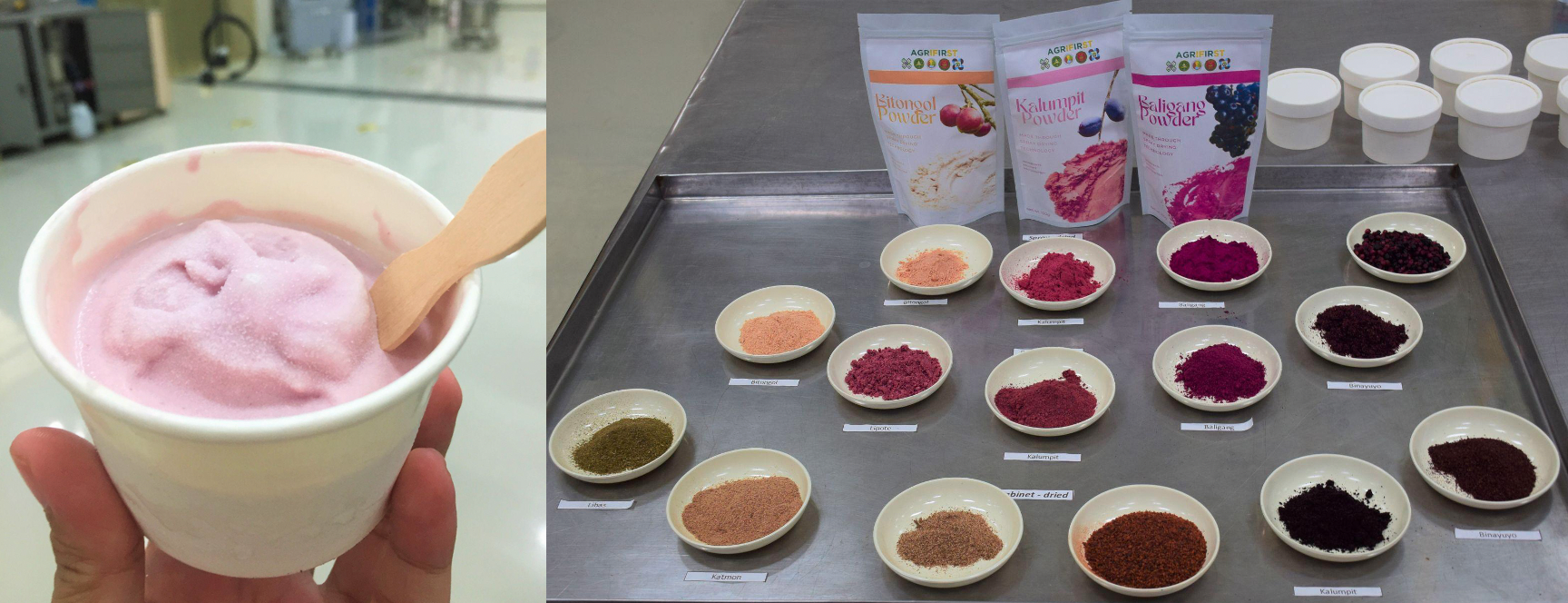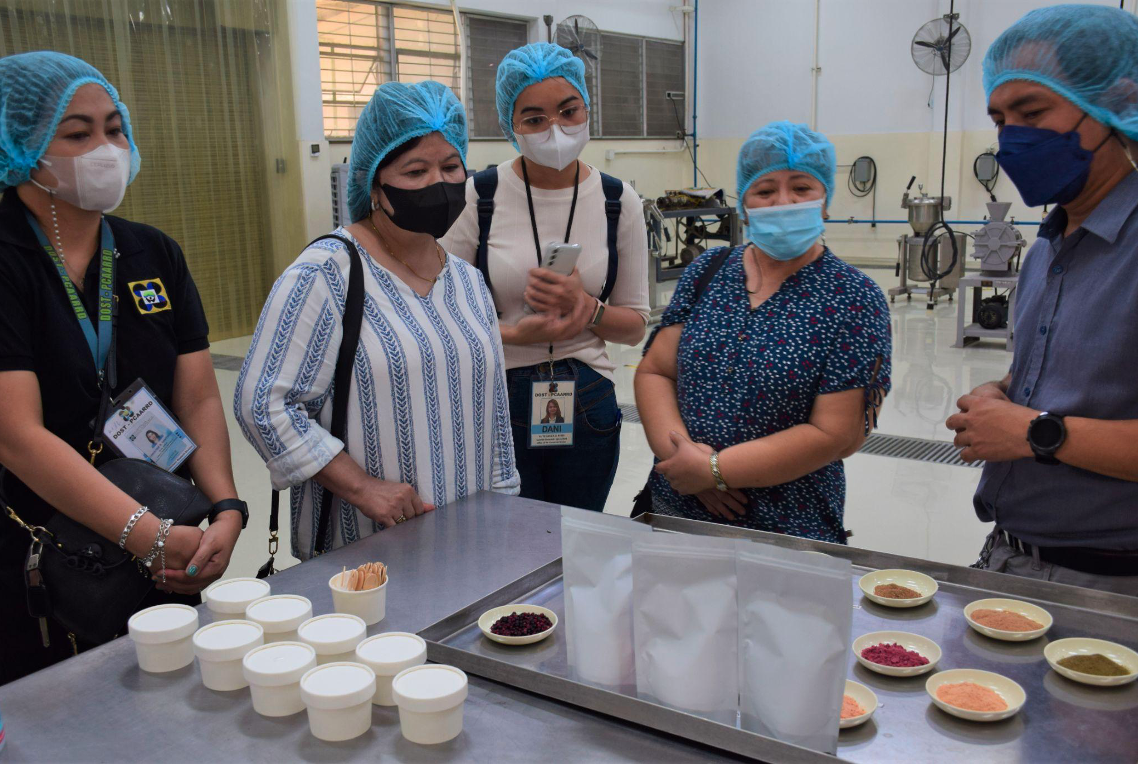Are you aware of any fruit unique to your hometown? If you are a CALABARZON local, have you recently had ’bitongol’ for a snack, or maybe a serving of ’kalumpit’ candy for dessert? Do these names barely ring a bell?
With the ever-increasing importance of indigenous species conservation, the University of the Philippines Los Banos – College of Agriculture and Food Science (UPLB-CAFS), and College of Forestry and Natural Resources (UPLB-CFNR) set out to investigate CALABARZON’s indigenous fruit trees and explore their natural culinary potential.
With funding support from the Philippine Council for Agriculture, Aquatic and Natural Resources Research and Development of the Department of Science and Technology (DOST-PCAARRD), Project Leader Dennis Marvin O. Santiago and his team surveyed nine mountains from the CALABARZON region. They found 140 indigenous fruit trees, from which they studied closely five species with the most potential for food product processing. They gathered the local’s knowledge about the said fruits, i.e., best way to grow them and their characteristics as natural food colorant and flavoring because of their sour taste.
The five indigenous CALABARZON fruit trees studied were ’binayuyo’ (Antidesma ghaesembilla), bitongol (Flacourtia rukam), ’tibig’ (Ficus nota), ’libas’ (Spondias pinnata), and ‘kalumpit’ (Terminalia microcarpa).
The two-year old project generated a distribution map and published its results on protocols for best pre-germination and germination practices of the trees.

(L) A cup of Baligang ice cream, distinct for its creamy and frozen yogurt-like taste and (R) indigenous CALABARZON fruits optimized into food colorants and flavorings
The team also explored the most effective processes to optimize with various drying methods the indigenous fruits’ colorant and flavoring properties including ice cream flavor that resembles the taste of a frozen yogurt. In addition to the five fruit trees, the project team also examined other sour and color-rich CALABARZON fruits namely, ’katmon’ (Dillenia philippinensis), ’lipote’ (Syzygium polycephaloides), and ’baligang’ (Syzygium garciae) for this phase of the project.
The project team is also completing a map of other locations in the region where the trees could also be propagated and possibly contribute to income generation of local communities.
With the promise of heightened economic utility resulting from this project, it is hoped that this R&D initiative will increase awareness on the conservation and propagation of these indigenous fruit trees.

